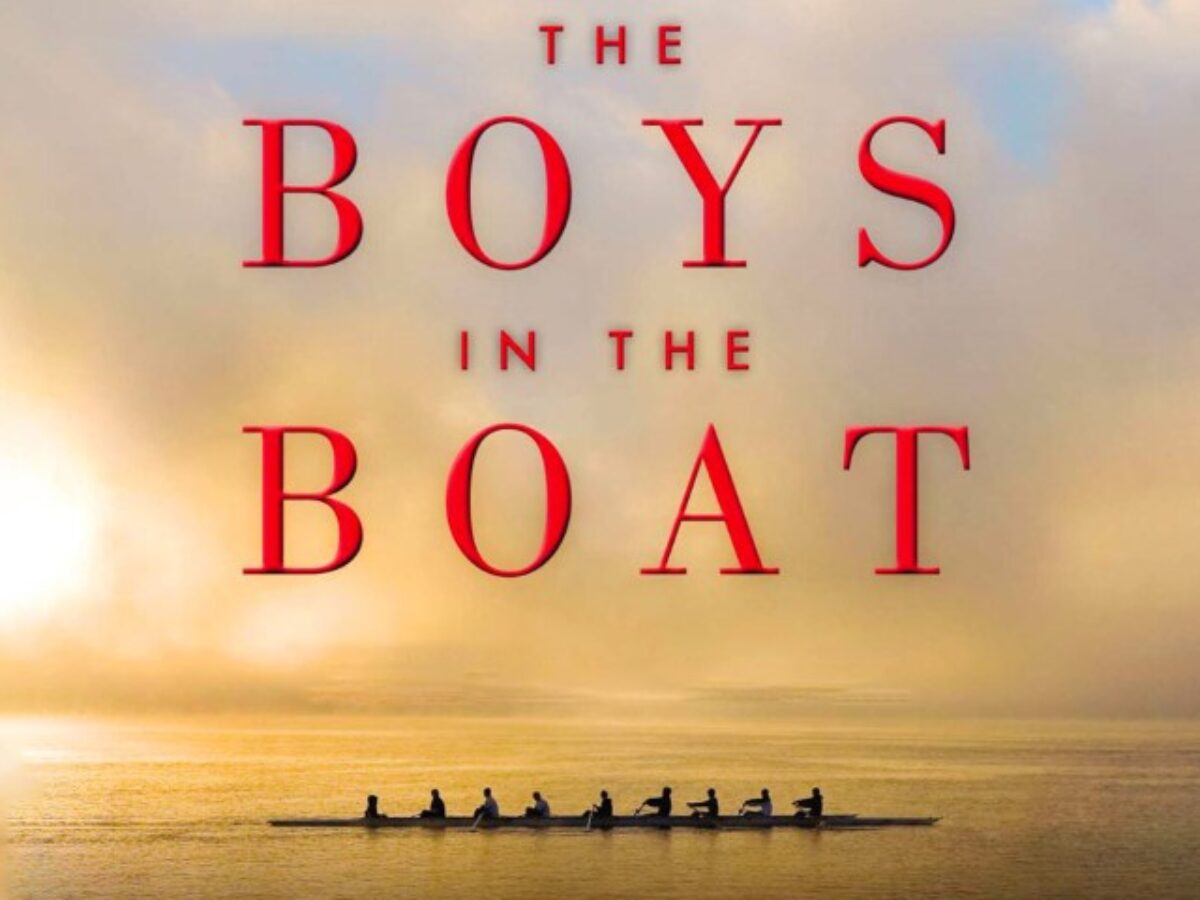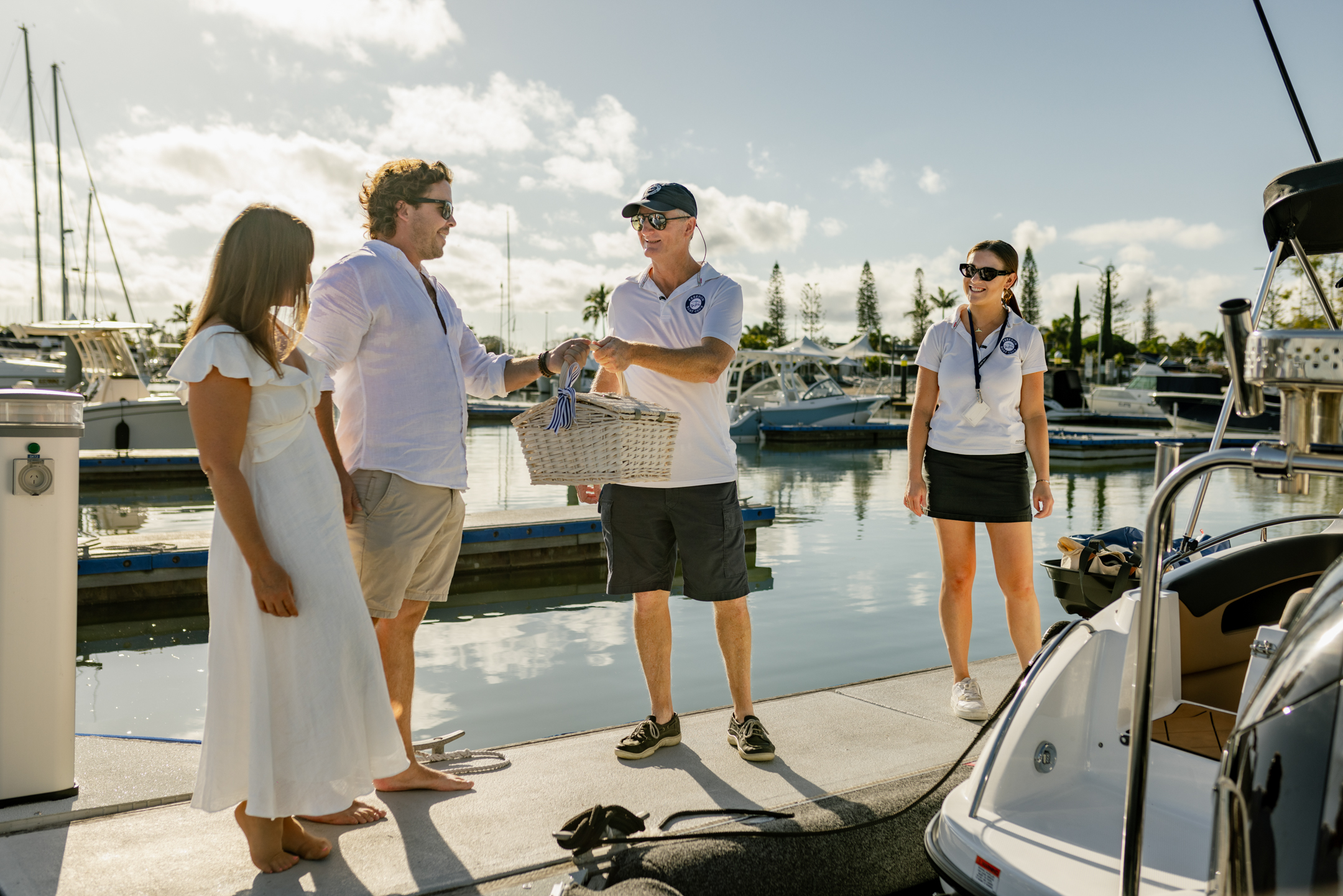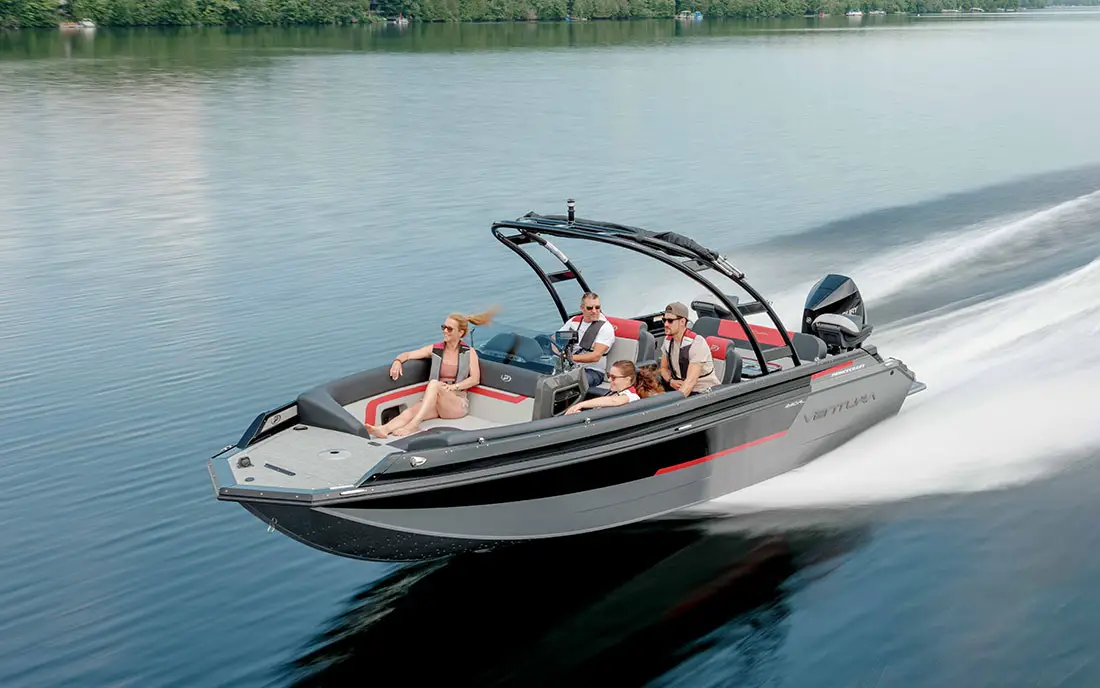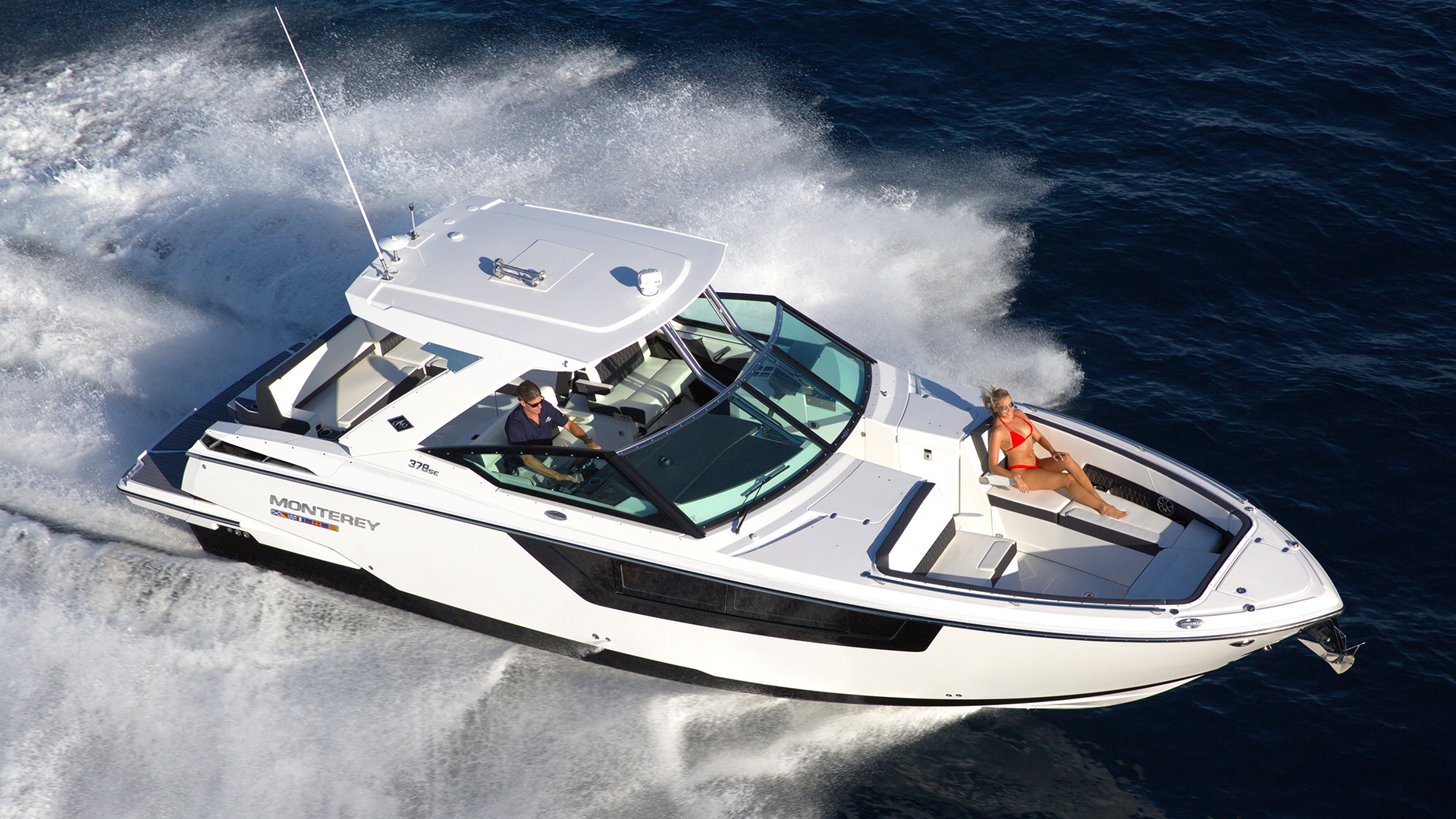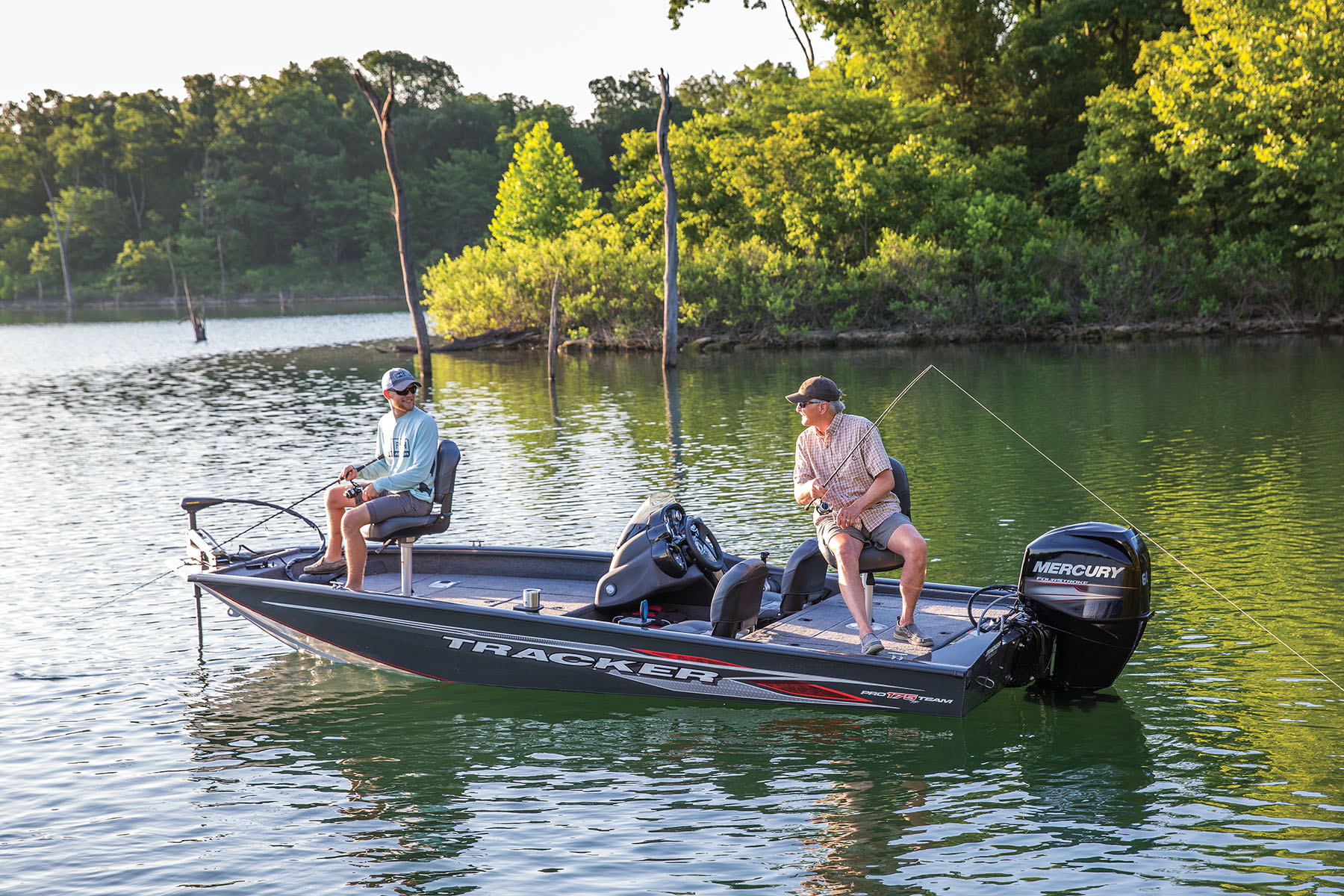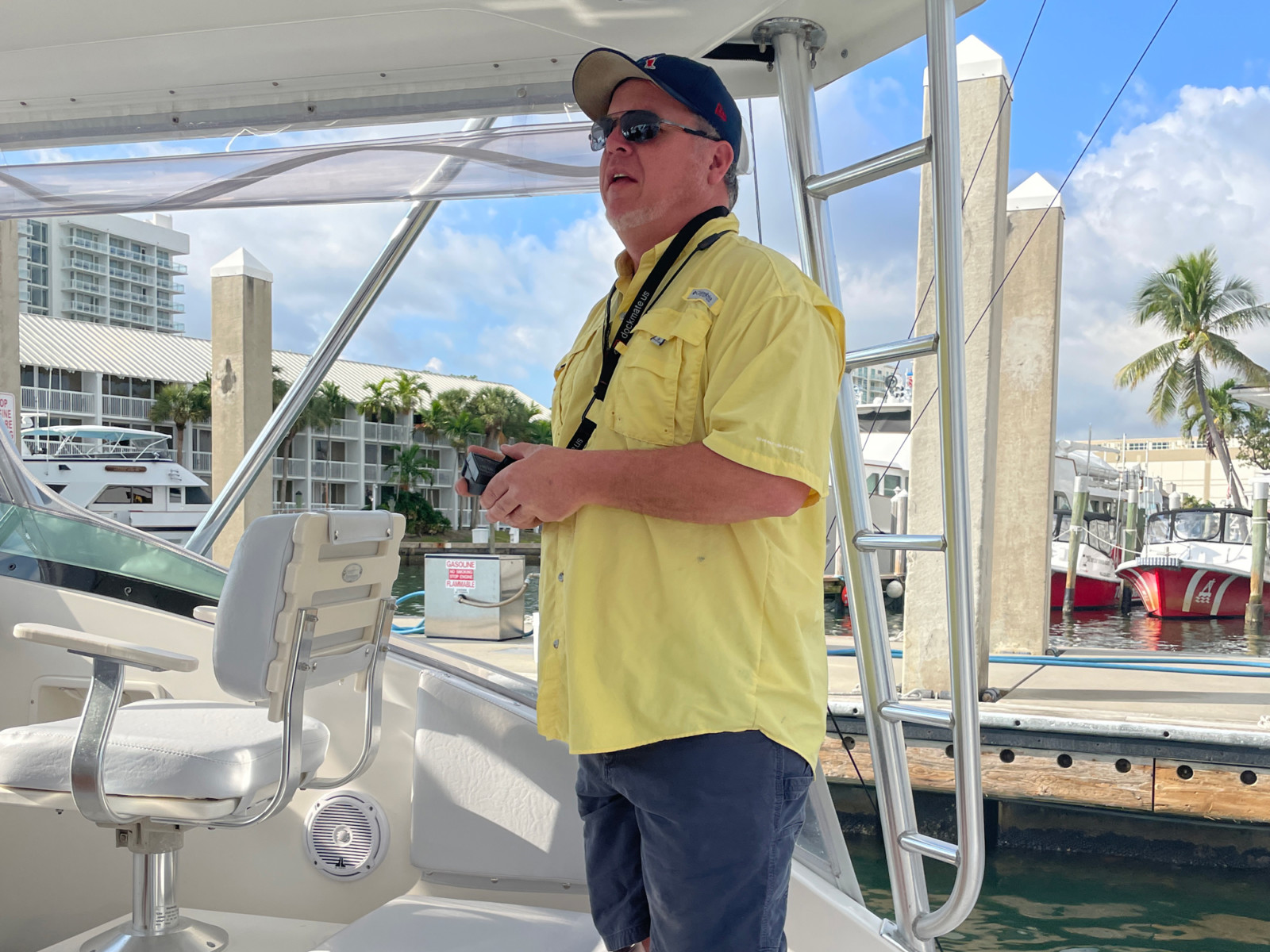Saltwater Fishing
Saltwater fishing is an exciting and rewarding activity that attracts millions of people each year. It offers a wide variety of fish species to catch, as well as unique challenges and opportunities for anglers of all skill levels. From coastal inshore fishing to deep-sea excursions, the world of saltwater fishing presents endless possibilities for unforgettable experiences.
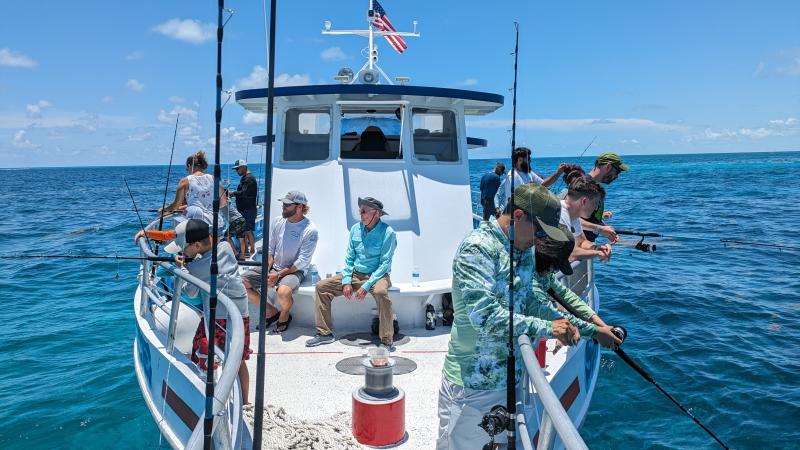
To get started in saltwater fishing, beginners will need to familiarize themselves with the basics, such as selecting the right gear, understanding the differences between various types of saltwater fishing, and knowing which species of fish are most commonly sought after. More experienced anglers can hone their skills by learning about different techniques, bait selections, and the best locations for their favorite type of fishing.
Key Takeaways
- Saltwater fishing offers a wide variety of fish species and unique challenges for anglers of all experience levels.
- Beginners should focus on understanding gear selection, types of saltwater fishing, and popular species to target.
- Experienced anglers can improve their success by studying various techniques, bait choices, and prime fishing locations.
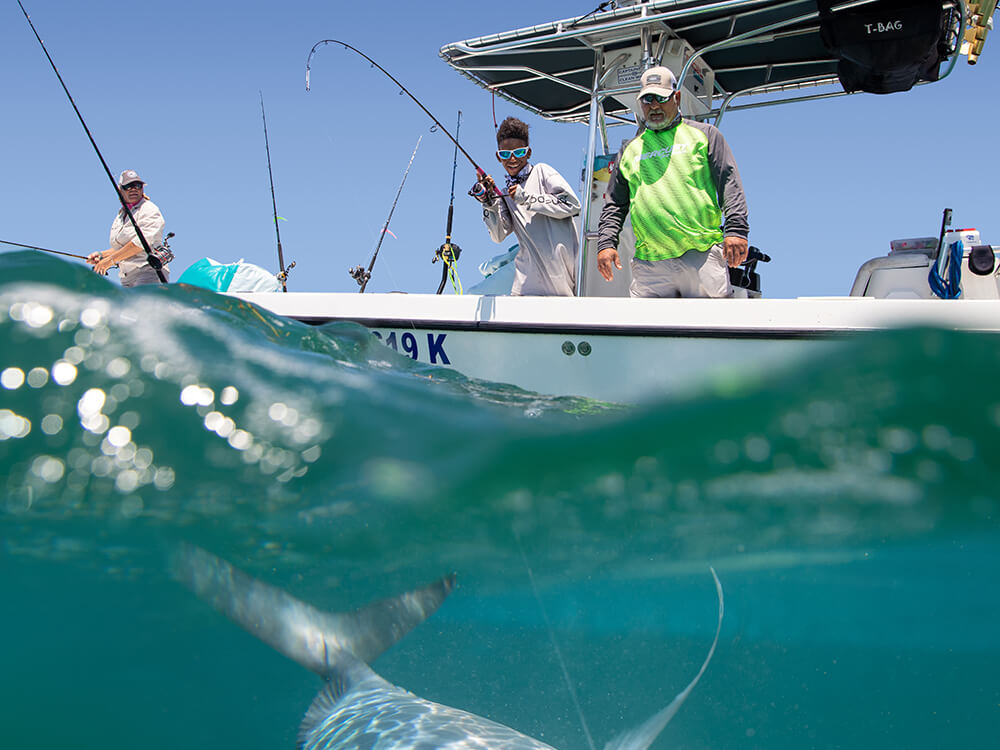
Basics of Saltwater Fishing
Saltwater fishing is a popular and versatile angling activity that can be enjoyed in various environments such as oceans, estuaries, and saltwater bodies. This type of fishing provides anglers with the opportunity to catch a wide variety of marine species, which makes it an exciting challenge for both beginners and experienced fishermen.
Before embarking on a saltwater fishing adventure, it's essential to obtain the necessary fishing license. These licenses are mandatory in most regions and help to conserve and protect marine resources. Remember to check local regulations and rights reserved for specific fishing areas to ensure a responsible and legally compliant experience.
Selecting the right location is crucial for a successful saltwater fishing trip. Some popular saltwater fishing spots include coastal areas, piers, jetties, surf zones, and offshore fishing grounds. When planning your trip, consider factors such as the targeted fish species, local ecosystem, season, and weather conditions. Researching marine habitats, tide schedules, and feeding habits of the desired fish can greatly improve your chances of a fruitful outing.
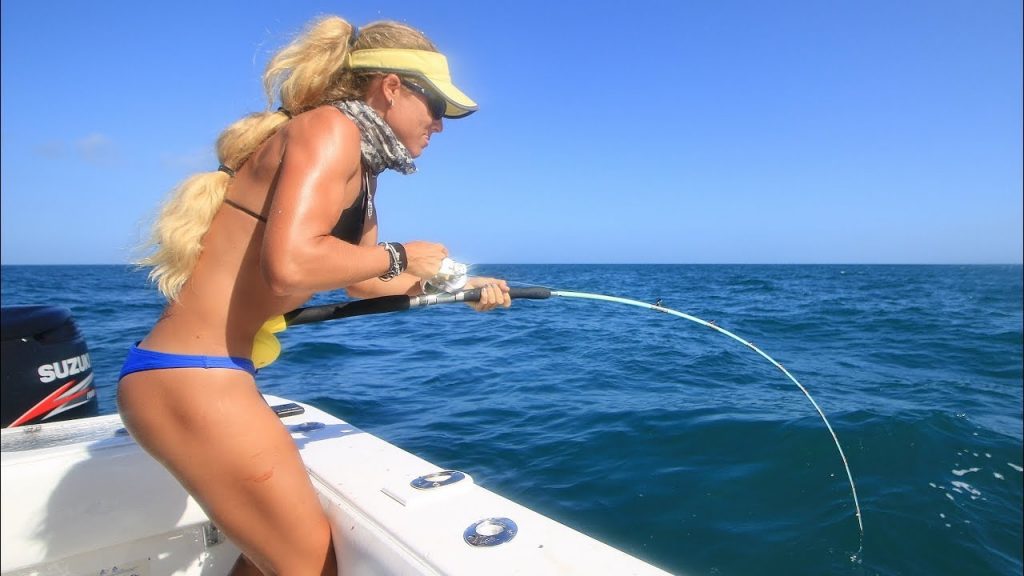
Equipping yourself with the appropriate gear is equally important for a rewarding saltwater fishing experience. Basic essentials include a sturdy rod and reel, suitable line weight, various hooks, sinkers, lures, and live bait – depending on the chosen fishing technique. Don't forget additional items such as a tackle box, pliers, a fishing knife, and protective clothing suited to the environmental conditions.
When it comes to saltwater fishing, mastering the proper techniques can make all the difference. There are several methods employed by anglers, such as casting, trolling, bottom fishing, jigging, and fly fishing. Each method has its own advantages and can be effective in different circumstances. Taking the time to learn and practice these techniques will greatly enhance your angling proficiency.
In conclusion, saltwater fishing offers a thrilling and diverse experience for anglers of all skill levels. By familiarizing yourself with local regulations, researching suitable locations and fish species, gathering the appropriate gear and mastering diverse techniques, you'll be well-prepared for a successful and exciting saltwater fishing adventure.
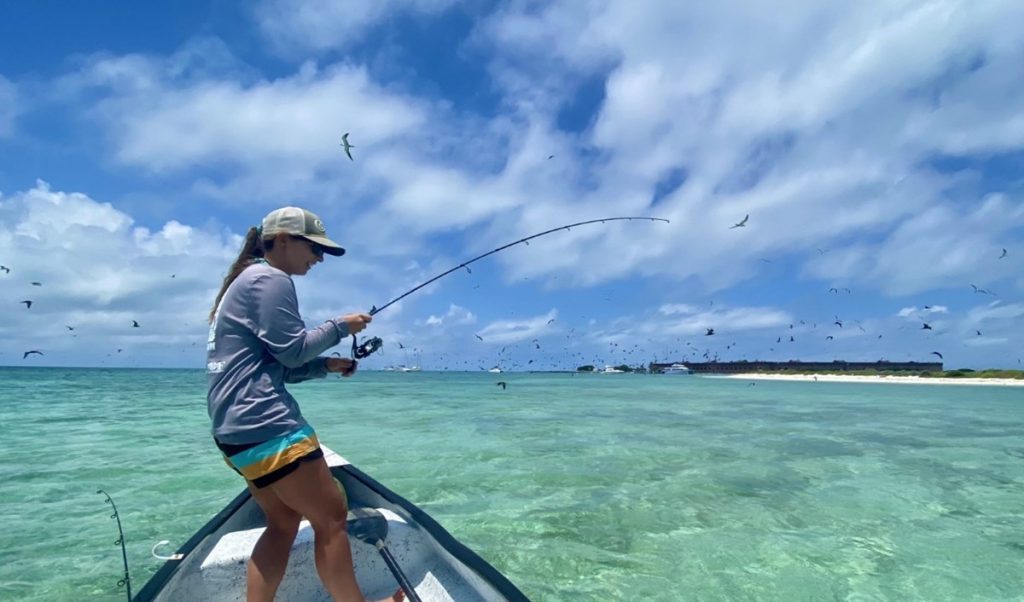
Choosing Your Fishing Gear
When embarking on a saltwater fishing adventure, selecting the right gear is crucial for a successful and enjoyable experience. This section will help you make informed choices about the essential equipment, including rods and reels, tackle, and monofilament.
Rods and Reels
The first step in choosing your fishing gear is selecting the appropriate rods and reels. Saltwater fishing exposes your equipment to harsh, corrosive elements, so it's essential to choose materials that can withstand these conditions. Look for rods made of graphite or fiberglass, as they are both durable and lightweight.
When selecting a reel, consider the type of fish you plan to catch and the fishing technique you will use. There are three main types of reels: spinning reels, baitcasting reels, and conventional reels. Spinning reels are popular among beginners due to their ease of use, while baitcasting and conventional reels provide more control and precision for experienced anglers.

Tackle
In addition to rods and reels, the right tackle is essential for successful saltwater fishing. This includes hooks, lures, sinkers, and swivels. When choosing hooks, consider the size and type of fish you're targeting. Circle hooks are effective for catch and release, while J-hooks are more suited for keeping your catch. Lures are available in various shapes, sizes, and colors, and the selection should be based on the specific species you are targeting.
Sinkers help your bait reach the desired depth, with split shot and pyramid sinkers being common choices. Swivels connect your line to the hook or lure, preventing line twists and allowing for more natural bait movement.
Monofilament
Monofilament is a versatile and cost-effective choice for a fishing line. Made from a single strand of nylon, it offers excellent knot strength and is easy to handle. In saltwater fishing, monofilament can be used as a mainline, leader, or even as a tippet for fly fishing.
When choosing monofilament for saltwater fishing, consider factors such as line strength, diameter, and color. Line strength, also known as pound test, should be selected based on the size and type of fish you plan to catch. Thicker diameter lines provide more strength but may be more visible to fish, while thinner lines are less visible but may be more prone to breaking. Monofilament is available in a range of colors, with clear and low-visibility blue being popular choices for saltwater fishing.
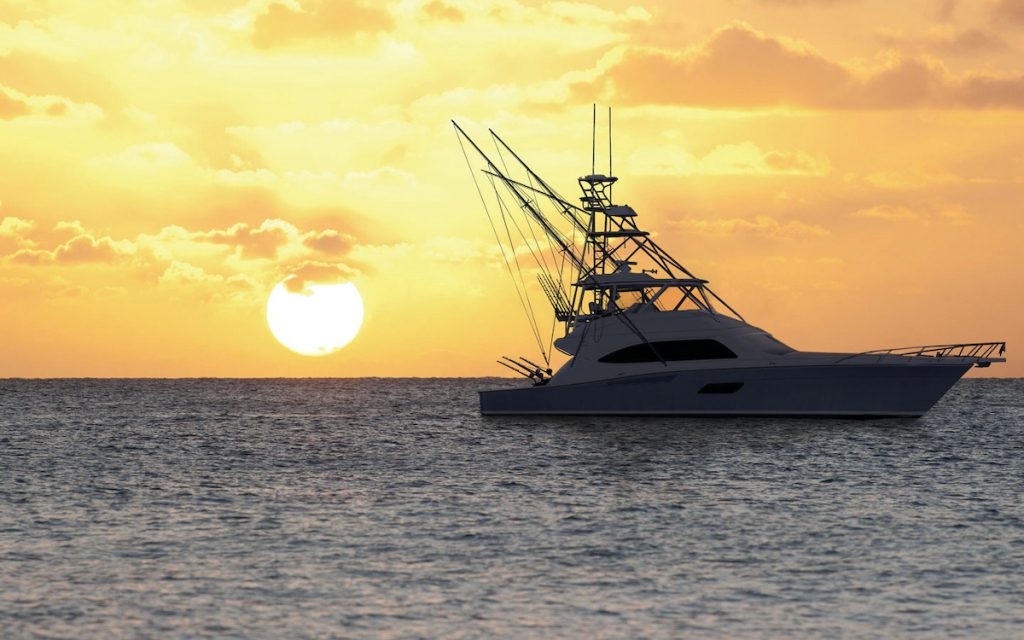
Types of Saltwater Fishing
Pier Fishing
Pier fishing is a popular and accessible form of saltwater fishing where anglers cast their lines from a pier extending into the ocean. This type of fishing offers a relatively stable platform and can provide opportunities to catch a variety of species, including common saltwater species in Texas and Florida. Often, pier fishing requires minimal equipment, making it an excellent option for beginners.
Surf Fishing
Surf fishing involves anglers casting their lines from the shoreline, either by wading into the surf or staying on the beach. This form of fishing targets species that feed in the surf zone, such as striped bass, pompano, and redfish. Surf fishing requires specialized tackle, including long surf rods and heavy weights to withstand strong currents and waves.
Deep-Sea Fishing
Deep-sea fishing takes place in the open ocean, typically miles offshore. Anglers board specialized boats equipped with navigational devices, fish finders, and safety equipment. Deep-sea fishing targets large pelagic species, such as tuna, marlin, and sailfish. The thrill of pursuing these powerful fish makes deep-sea fishing popular among experienced anglers.
Bay Fishing
Bay fishing takes place in sheltered waters along the coastline, targeting species that inhabit shallow estuaries, bays, and inlets. This type of fishing can be done from shore, piers, or small boats and is popular due to its calm waters and diverse range of fish species. Common catches in bay fishing include flounder, spotted seatrout, and red drum.
Flats Fishing
Flats fishing involves targeting fish in shallow, flat areas that are often comprised of sandbars, seagrass beds, or shallow reefs. This type of fishing is popular in tropical and subtropical regions and typically involves sight casting, where anglers spot their target species before casting. Flats fishing targets species such as bonefish, tarpon, and permit.
Kayak Fishing
Kayak fishing has gained popularity in saltwater environments due to its affordability and versatility. Anglers use specially designed kayaks equipped with rod holders, storage compartments, and often pedal or motor systems. Kayak fishing allows access to areas that larger boats cannot reach, targeting various marine species from shallow flats to deeper offshore waters.
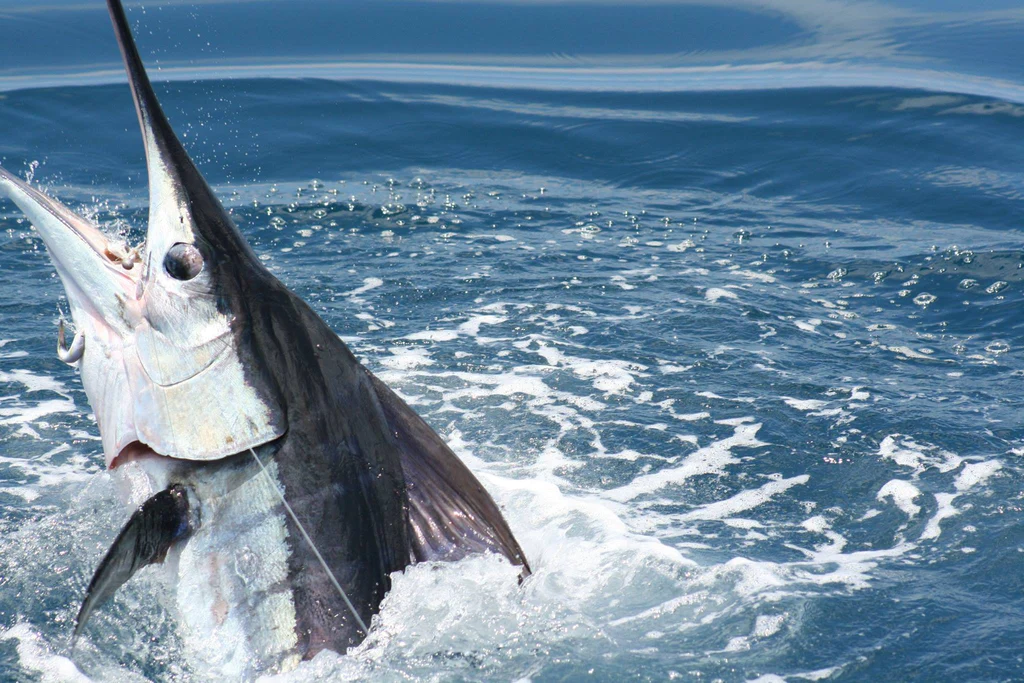
Popular Saltwater Fish Species
Flounder Fishing
Flounder are a popular saltwater fish species for anglers due to their unique flat body shape and exceptional taste. These bottom-dwelling fish are typically found in estuaries, bays, and coastal waters. Flounder prefer sandy or muddy bottoms and often camouflage themselves, which makes them a challenging catch. Common techniques for flounder fishing include using live bait such as minnows, shrimp, or marine baitfish. Anglers may also opt for artificial bait like soft plastics or jigs.
Tarpon Fishing
Tarpon are large, powerful, and acrobatic saltwater fish. They inhabit shallow coastal waters, estuaries, and lagoons in warm regions. Known for their silver scales and impressive jumps, tarpon fishing offers an exciting and challenging experience for anglers. Tarpon are primarily caught using live bait, such as mullet and crabs. However, artificial lures and flies can also be effective. Proper technique and timing are essential when targeting tarpon; they are more likely to be caught during the slack tide and dawn or dusk, when they are actively feeding.
Redfish Fishing
Redfish, also known as red drum, are popular among saltwater anglers for their aggressive behavior and strong fighting skills. They are often found in shallow inshore waters, such as grass flats, oyster beds, and mangroves. Redfish are usually targeted using live bait like shrimp and mullet, or utilizing artificial lures like spoons, jigs, and soft plastics. Sight-fishing is a popular method for redfish, as their tail often breaks the surface when they are feeding, allowing anglers to spot them more easily.
Striped Bass Fishing
Striped bass are a sought-after species among saltwater anglers, famed for their aggressive strikes and robust fight. These fish are found in coastal waters and estuaries, often migrating into rivers and freshwater systems during their spawning season. Techniques for striped bass fishing vary, including using live bait, such as mackerel, herring, or eels, trolling with artificial lures, or casting topwater plugs and soft plastics. Successful striped bass fishing typically requires anglers to follow the fish's migratory patterns and target them during peak feeding times, such as dawn and dusk.
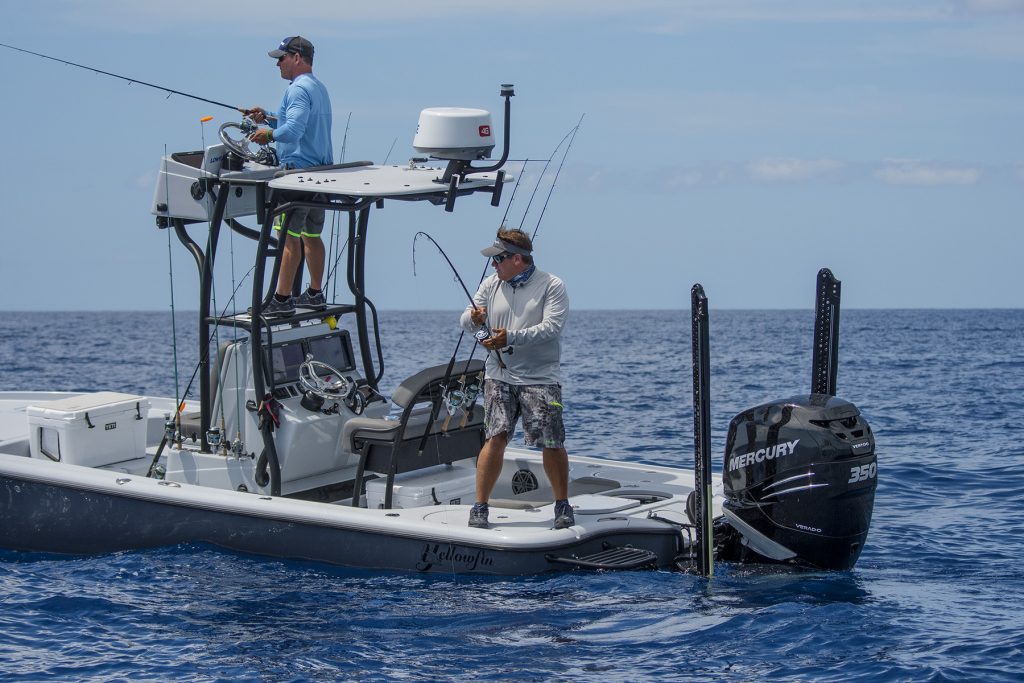
Choosing Your Bait
When it comes to saltwater fishing, selecting the right bait can greatly improve your chances of success. The type of bait you choose will depend on the target species, as well as local conditions and regulations. In this section, we will discuss live bait, artificial lures, and cut bait as options for saltwater fishing.
Live Bait
Live bait is often considered the most effective bait for many saltwater species because it closely mimics their natural food sources. Common types of live bait used in saltwater fishing include shrimp, mullet, and squid. These can be fished using various types of hooks, such as circle hooks or J-hooks.
Using live bait does have its challenges. Keeping bait alive and healthy is crucial, as it affects their swimming action and scent, which attracts fish. Additionally, some areas might have restrictions on the use of live bait to protect local ecosystems.
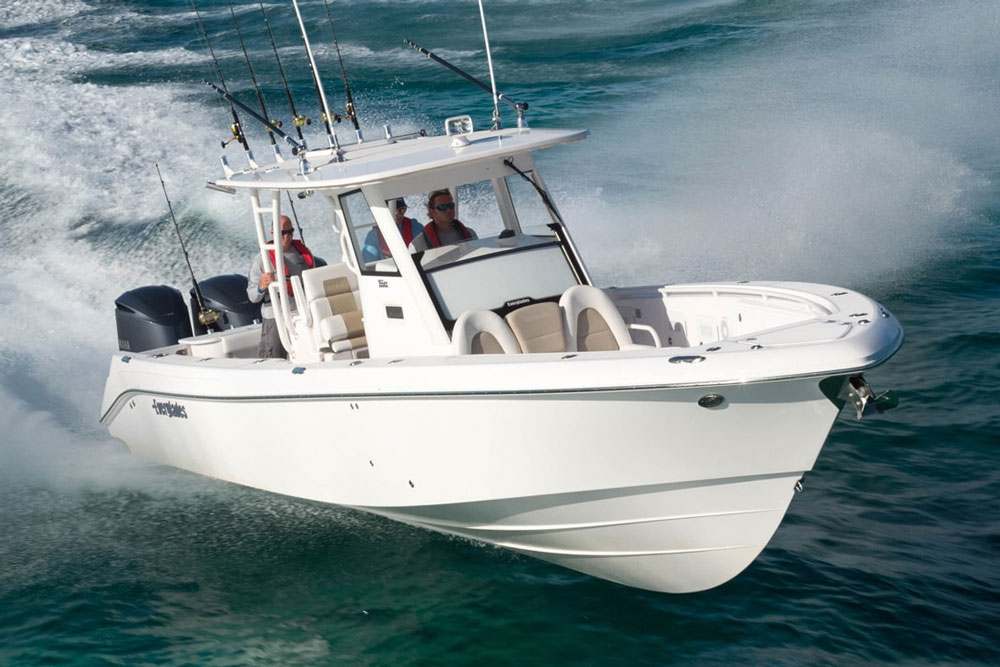
Artificial Lures
Artificial lures offer a more convenient and eco-friendly alternative to live bait. There are countless types of artificial lures designed for saltwater fishing, including soft plastics, jigs, poppers, and spoons. These lures are made to mimic the appearance and movement of various prey items, such as shrimp and small fish.
When using artificial lures, it's essential to consider factors like the depth and the structure of the area you are fishing in. Experimenting with different lures, retrieve speeds, and colors will help you find the right combination that entices your target fish into biting.
Cut Bait
Cut bait, also known as chunk bait, is another excellent option for saltwater fishing. Cut bait is essentially pieces of fish or other marine species that are cut into chunks or strips to be used as bait. Mackerel, mullet, and bonito are popular choices for cut bait due to their oily nature, which releases an attractive scent into the water.
When using cut bait, make sure to use a hook size and configuration that matches the bait size and target species. Monitor your bait closely to detect bites, as fish may be more likely to nibble on cut bait instead of aggressively striking it.
In conclusion, whether you prefer live bait, artificial lures, or cut bait, it's essential to experiment and adapt your bait choice based on target fish and local conditions. By understanding the pros and cons of each bait type and applying them to your saltwater fishing strategy, you can increase your chances of catching more fish.

Techniques and Tips
Casting
Casting is a crucial skill in saltwater fishing, and mastering it can greatly enhance your chances of success. There are various methods of casting, but we will focus on some essential tips and tricks that can be applied across the board.
- Choose the right equipment: Select a suitable rod, reel, and line for the type of saltwater fishing you're planning to do. It's important to have a balanced setup. For instance, a spinning reel works well for both saltwater and freshwater and can hold a large amount of line, which is helpful when reeling in strong fish that don't give up easily.
- Practice your casting technique: To cast effectively, focus on your posture, grip, and timing. Stand with your feet shoulder-width apart, hold the rod firmly but not too tight, and release the line at the right moment. The more you practice, the more accurate and effortless your casts will become.
- Be mindful of the weather and water conditions: Wind and current can impact your casting, so adjust accordingly. Cast into the wind to reduce the chance of your line being blown off course and pay attention to how the water moves to predict where your lure will be carried.
- Control your line: Managing your line's slack is important for both casting accuracy and detecting bites. Keep the line tight during the cast and reel in excess line to maintain tension once your lure is in the water.
- Maximize your casting distance: To reach further distances, use a longer rod and employ a technique that leverages your entire body's power, like the double-haul for fly fishing. If possible, use lures or weights that are aerodynamic and suited for long-distance casting.
By incorporating these tips and tricks into your saltwater fishing experience, you can enhance your casting skills and increase your chances of hooking that prized catch. Remember, practice makes perfect – and a successful day on the water often comes down to technique and preparation.
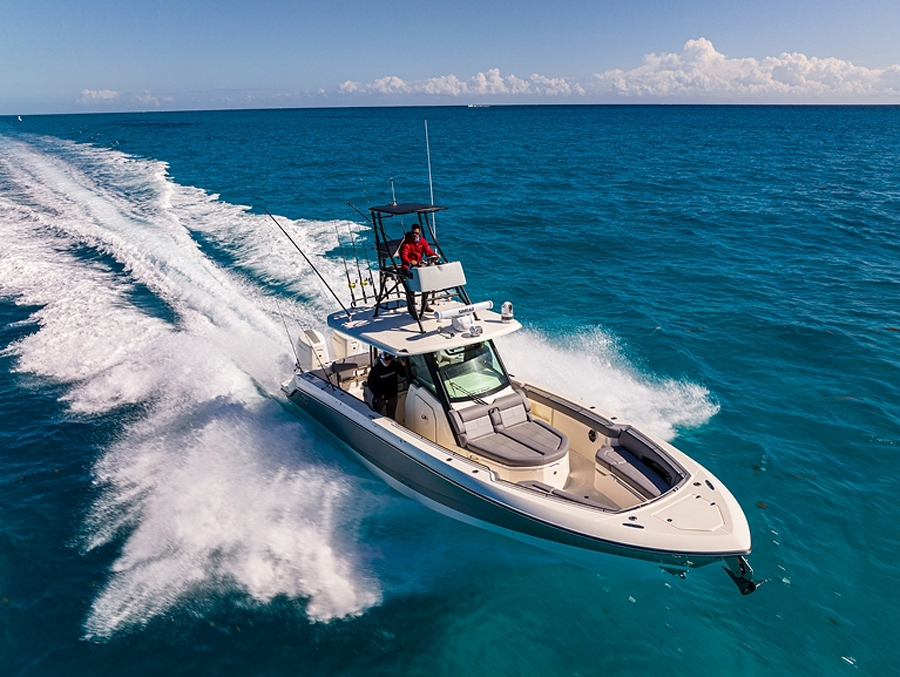
Where to Fish
Saltwater fishing offers a wide variety of opportunities for anglers to experience the excitement and thrill of catching different species of fish in unique environments. With numerous saltwater fishing spots available, it's essential to consider factors such as location, accessibility, and local regulations before planning your next fishing adventure.
One popular saltwater fishing approach involves heading off the coast to enjoy fishing in deeper waters. These offshore locations can be highly rewarding for anglers as they often hold various prized species like tuna, marlin, and mahi-mahi. Be prepared to navigate the vast expanse of the ocean and invest in the proper equipment, as offshore fishing can be more challenging compared to fishing closer to the coastline.
Inshore fishing is another great option for those looking to stay closer to land. This type of saltwater fishing usually takes place within a few miles of the shore and can offer an exceptional fishing experience. The inshore waters are home to a diverse collection of species, including redfish, snook, and tarpon. Anglers can take advantage of various fishing structures in these areas, such as piers, jetties, and bridges, which often provide excellent spots for catching fish.
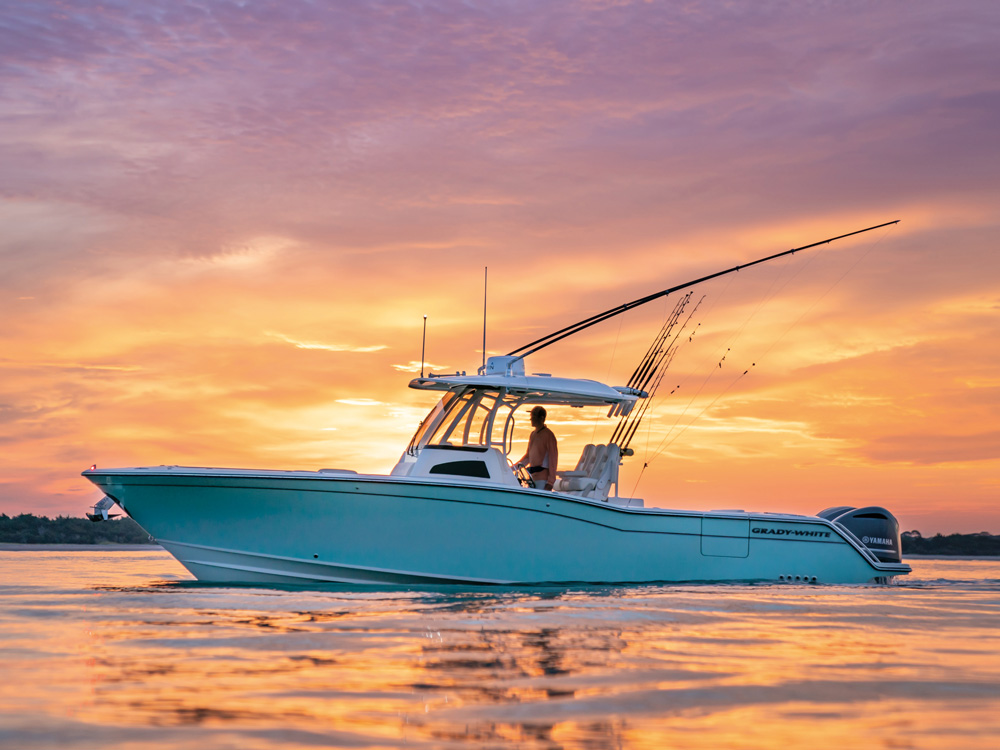
For those who prefer fishing within estuaries and coastal marshes, targeting species like spotted seatrout, flounder, and striped bass can be rewarding. These areas present an intricate maze of channels, creeks, and oyster beds, which provide suitable habitats for various fish species. When fishing in these environments, it's crucial to pay attention to tidal patterns and consult local fishing reports to maximize your chances of success.
Finally, surf fishing is an enjoyable way to pass the time while soaking in the sun and the beauty of the open beach. Surf anglers often target species such as pompano, whiting, and bluefish, which can be found swimming close to the shoreline. This fishing style typically requires specialized gear, such as surf rods designed for longer casting distances and heavy sinkers to keep your bait in position.
In conclusion, there are numerous saltwater fishing spots for anglers to explore, each with its unique appeal and species diversity. By taking the time to research these locations and becoming familiar with local regulations, you can confidently plan your next fishing excursion and increase your chances of success on the water.
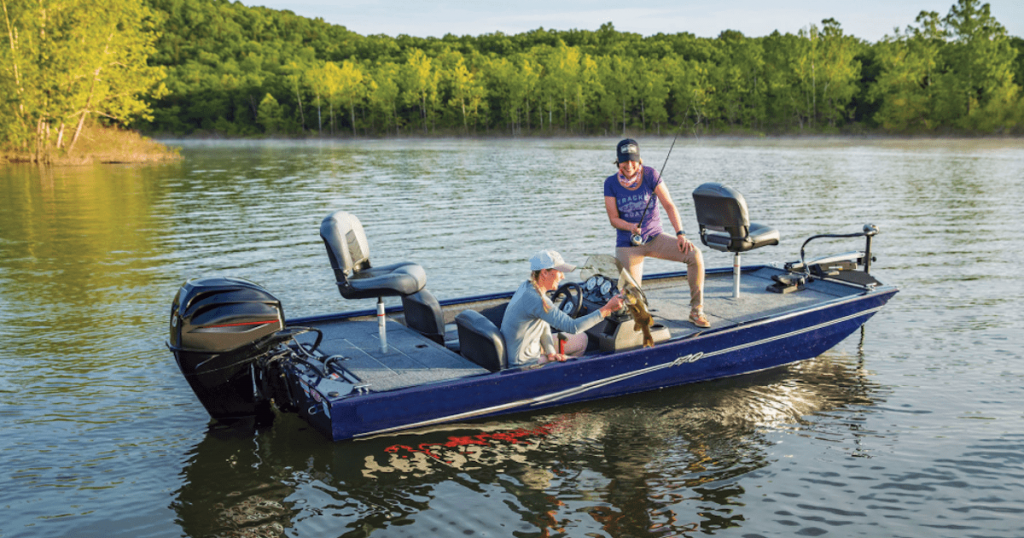
Differences Between Saltwater and Freshwater Fishing
Saltwater and freshwater fishing offer unique experiences for anglers of all skill levels. The most notable difference between the two types of fishing lies in the kinds of fish species one can catch. Saltwater fishing primarily targets marine species such as tuna, marlin, and sharks, while freshwater fishing focuses on species like bass, trout, and catfish.
The equipment used in saltwater and freshwater fishing also varies. Saltwater fishing requires more durable and robust gear to handle larger, more aggressive fish and the corrosive effects of seawater. On the other hand, freshwater fishing gear is typically lighter and more flexible, suitable for targeting smaller fish in calmer waters.
When it comes to bait and tackle, different lures and techniques work best for each type of fishing. Saltwater fishing often requires heavier lures and strong hooks, as marine species tend to be larger and more powerful. Freshwater fishing, in contrast, uses lighter lures and smaller hooks for the typically smaller fish that inhabit lakes, rivers, and streams.
Both saltwater and freshwater fishing offer different challenges and opportunities for anglers. Saltwater fishing often involves navigating the open ocean, dealing with tides, and contending with potentially rough seas. Freshwater fishing presents its own unique challenges, including various water conditions (such as streams, rivers, and lakes) and learning to fish in different depths and habitats.
In terms of regulations, saltwater and freshwater fishing may have distinct rules and licensing requirements that vary by location. These rules can include catch limits, size restrictions, and seasonal guidelines, all aimed at promoting sustainable fishing practices.
In summary, saltwater and freshwater fishing offer different experiences, challenges, and rewards for anglers. From the equipment and techniques used to the species targeted and habitats encountered, each type of fishing requires specific knowledge and skill to master.

Accessories and Clothing
Saltwater fishing requires specialized accessories and clothing to ensure a comfortable and successful experience. These items not only enhance the angler's ability to locate fish but also provide protection from harsh weather and water conditions.
A GPS system is an essential accessory for saltwater fishing. Modern GPS devices offer a wide range of features that help anglers navigate the open seas, identify fishing hotspots, and track their movements. High-quality GPS systems can display detailed marine charts and provide real-time weather updates, making them invaluable tools for saltwater fishing safety and success.
In addition to technical accessories, proper clothing is crucial for a comfortable saltwater fishing experience. It's vital to choose clothing items made from moisture-wicking and quick-drying materials. Quick-dry clothing will prevent water build-up, keeping anglers warm and dry throughout their fishing trip. Layering these materials is effective in providing anglers with versatility to adjust their attire according to changing weather conditions.
To protect the skin from sunburn and harmful UV rays, anglers should opt for long-sleeved shirts and pants with built-in UV protection. Wearing a wide-brimmed hat and sunglasses will further shield the face and eyes from excessive sunlight. It's also important to choose lightweight and breathable footwear, such as quick-dry shoes or sandals, for optimal comfort during long hours on the boat.
Rain gear is another essential clothing item for saltwater fishing, as weather conditions can often be unpredictable. A quality waterproof jacket and pants will ensure anglers remain dry and comfortable, even during unexpected rain showers or heavy splashing waves.
In conclusion, the combination of practical accessories, such as a reliable GPS system, and appropriate clothing made from moisture-wicking materials, UV protection, and waterproof rain gear, will significantly enhance any angler's saltwater fishing experience. Investing in these items will not only increase overall comfort and safety but also contribute to greater chances of success out on the water.

Frequently Asked Questions
What are the essential saltwater fishing tackle items?
When embarking on a saltwater fishing adventure, it is important to have essential tackle items. These include a sturdy rod and reel combo, saltwater fishing line, hooks, sinkers, and lures or bait. Additionally, having a tackle box to store and organize your gear will help keep everything in its place and easily accessible during your fishing trips.
How do you obtain a free saltwater fishing license?
Some states and countries may offer free saltwater fishing licenses during certain times of the year or for specific events. To obtain a free saltwater fishing license, visit the appropriate official website or agency responsible for issuing fishing licenses in your region. You may be required to submit certain information or meet specific eligibility criteria in order to obtain a free license.
What are the key differences between freshwater and saltwater fishing?
Freshwater and saltwater fishing differ, not only in the environments but also in the fish species and tackle used. Saltwater environments can be more challenging due to factors such as tide, wind, and salinity, which can affect the behavior of fish. Saltwater fish species are often larger, more diverse, and can be more aggressive compared to their freshwater counterparts. Tackle designed for saltwater fishing must also be resistant to corrosion from saltwater exposure.
What are some effective saltwater fishing tips for beginners?
For those new to saltwater fishing, consider the following tips:
- Research the target fish species and their preferred habitats, as this will help inform your location choices and bait selection.
- Be mindful of tide and weather conditions, which can greatly impact fish behavior and overall success.
- Opt for corrosion-resistant tackle to prevent damage from saltwater exposure.
- Adjust your technique to match the type of saltwater environment you're fishing in, such as surf fishing, pier fishing, or offshore fishing.
- Practice catch and release when appropriate to promote conservation and sustainability.
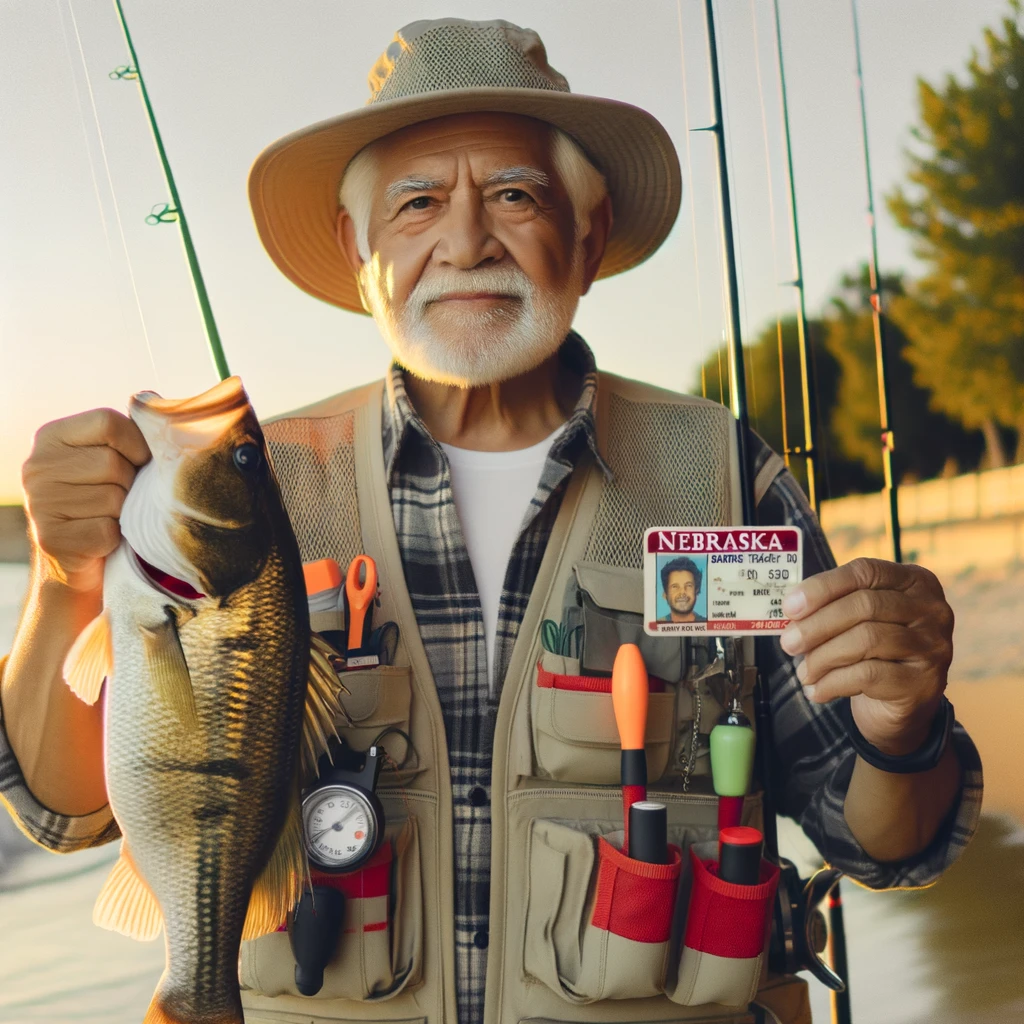
How can you renew a NY saltwater fishing license?
To renew a New York saltwater fishing license, visit the New York State Department of Environmental Conservation (NYSDEC) website, and follow the steps provided for license renewal. The process typically requires personal information and payment of the applicable fees. Ensure your renewal is completed prior to your license expiration date in order to avoid any disruption in your fishing adventures.
What are the latest updates to saltwater fishing regulations?
For up-to-date information on saltwater fishing regulations, it is essential to check with your local or regional fisheries or wildlife organization. Regulations can be subject to change, so regularly reviewing current laws and guidelines is crucial for staying compliant, protecting fish populations, and promoting sustainable fishing practices.
Charlie is Editor-in-Chief of Sea Magazine

